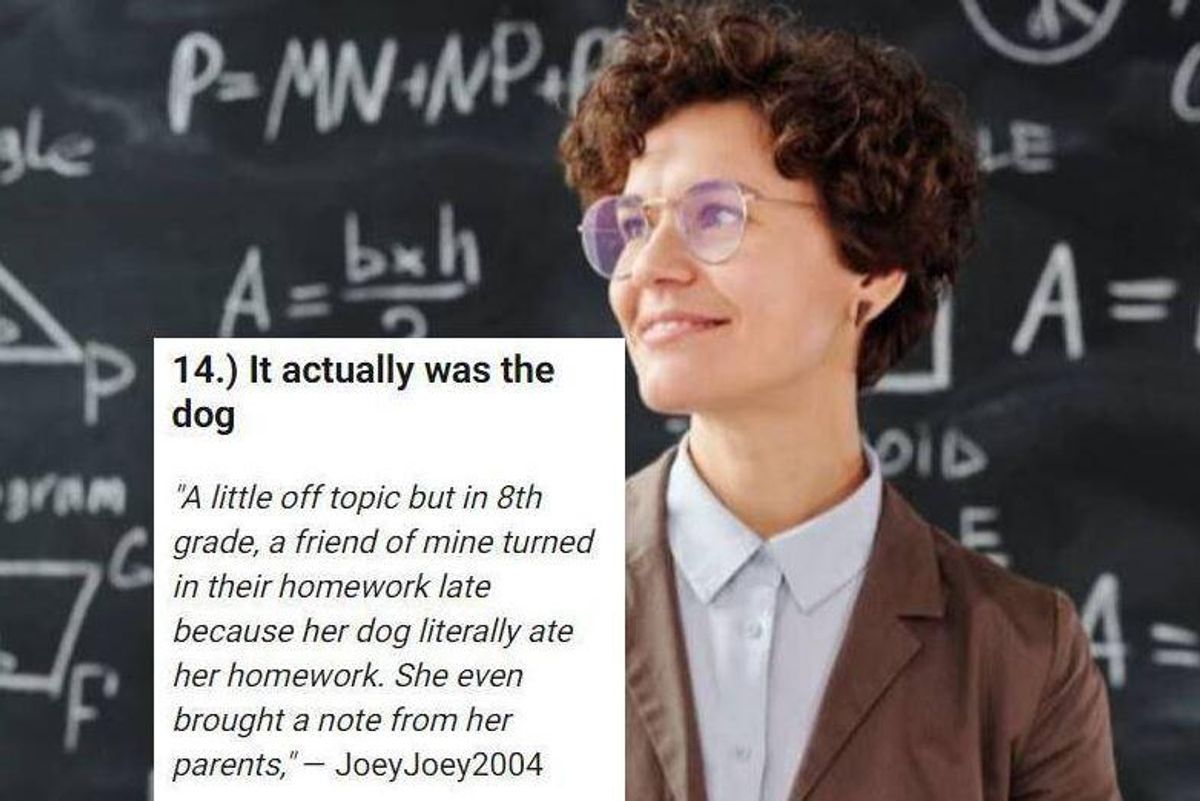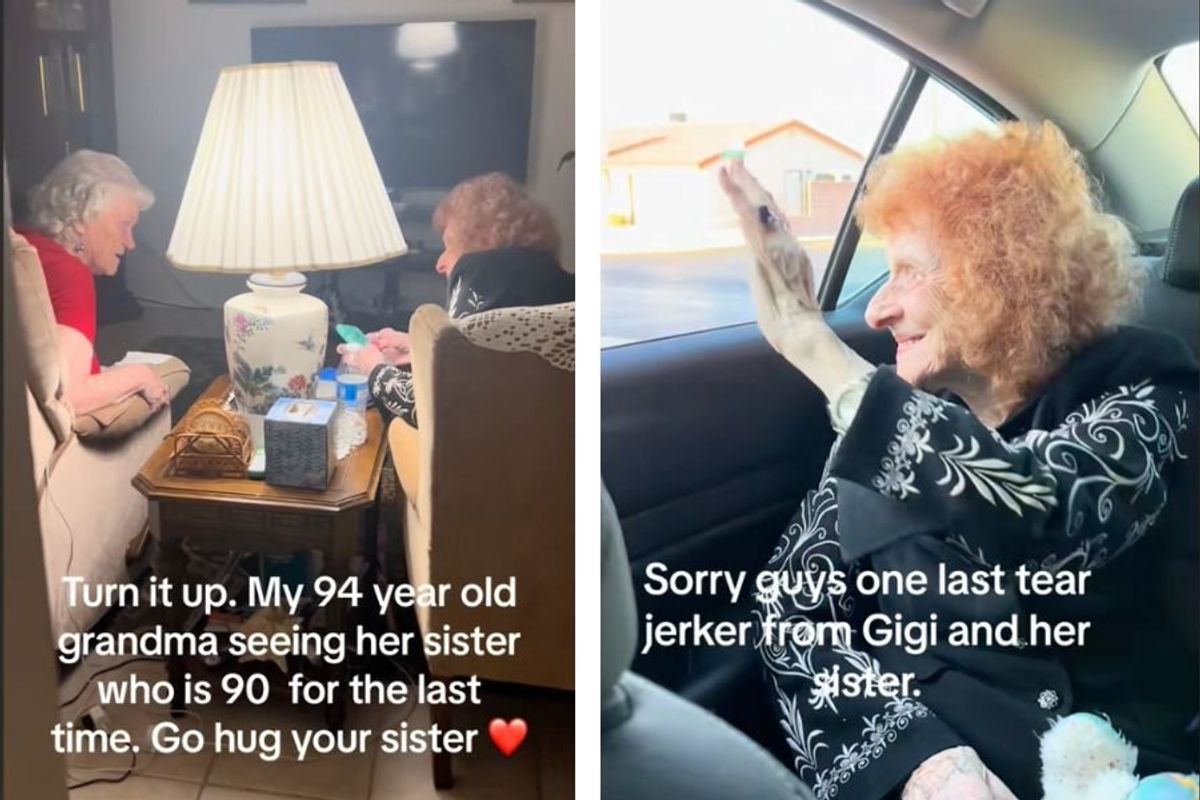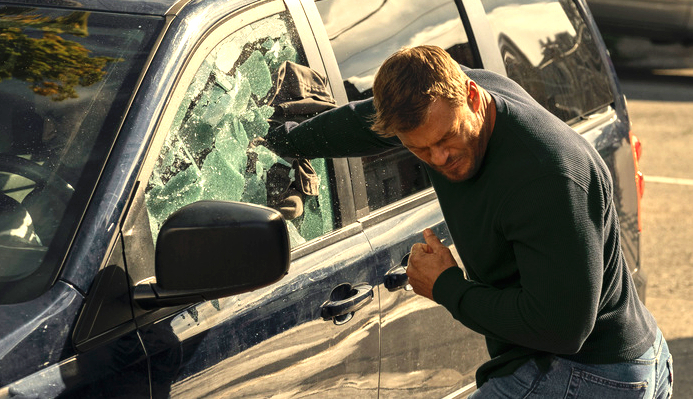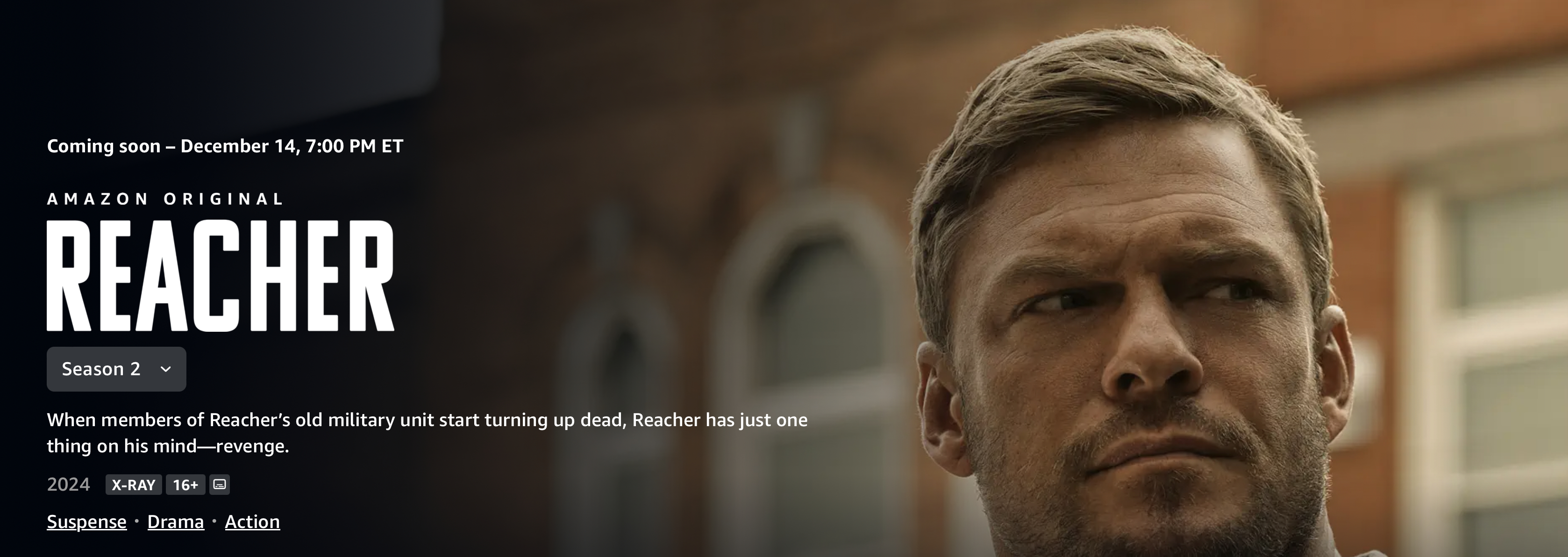
The best advice isn’t always obvious, or else we would have thought of it ourselves. It often comes out of left field and can be counterintuitive. When it comes to marriage, the best advice tends to be centered around keeping a focus on the long game.
One of the best pieces of marriage advice I ever received was, “Buy her a bottle of shampoo from time to time without her asking.” Now, that doesn’t mean to get shampoo specifically, but just pick up something here and there to show you care and are thinking about her.
Marriage, if done right, is forever, so that often means taking a loss in the short-term to enjoy the long-term benefits of a happy life with someone. This is great as a concept but in practice can be pretty darn hard, day in and day out.
Hence why about 50% of American marriages end in divorce.
Reddit user thecountnotthesaint put out a call to the AskMen forum for some of the best marriage advice that “sounded absurd” but was actually helpful.
The question was inspired by some advice the Reddit user had received from their father, who claimed that a king-sized bed is the key to a happy marriage. “I’ll be damned if that wasn’t one of the best decisions we made aside from getting married and having kids,” they wrote.
A lot of the advice was about being careful not to escalate small disagreements into larger arguments that could turn personal and ugly. A lot of people think that to have a successful marriage means being able to compromise and to let things go quickly.
Here are some of the best responses to the question, “What random marriage advice sounded absurd but was actually spot on helpful?”
1.
“Dad said ‘Be kind even if you’re not feeling it. Maybe especially if you’re not feeling it.’” — semantician
2.
“At my wedding, my wife’s Grandmother offered so funny, weird, solid advice. She said, ‘If you get angry with each other, go to bed naked and see if you can resolve it before you go to sleep.’ So far, so good. Anniversary on Monday!” — drizzyjdracco
3.
“The advice I’ve given people is this: if you can go grocery shopping with your person and have the best time ever, you have yourself a keeper. It’s all about making the best of the mundane things, because after years of being together, life becomes predictable. You’ll need to keep the spice going, regardless of what you’re doing. Source: married 15 years.” — LemonFizzy0000
4.
“My grandfather told me ‘Never go to bed with dirty dishes in the sink.’ What I learned is that he would always help my grandma and that is when they did their most talking.” — t480
5.
“When our kid was about to be born, someone told me to change the first diaper. If you can handle the first one, the others will be easy.’ So I did. I didn’t know what I was doing, so I asked the nurse at the hospital to teach me, and I changed the first several few diapers while my wife recovered from a difficult labor. The advice was correct, no other diaper was as disgusting as the first one. It got very easy and I never minded doing it, and my wife was really really grateful. And I loved that I could take on some of the parenting chores, since there was so much that she was the only one… equipped to provide.” — wordserious
6.
“Focus on tackling the problem, not each other.” — bobbobbobbobbob123
7.
“Don’t have too high of expectations. My dad told us that, but we found most of our early fights were when one or the other had unspoken expectations of the other or marriage. It is positively life changing to be married, and an amazing experience, but still life goes on.”— nopants_ranchdance
8.
“Marry him for who he is. Not his potential.” — There-is-No-beyond
9.
“My stepmom just passed away, and dad said something that has profoundly changed my attitude: ‘The little things that annoyed me are the things I now miss.’ So, like, yea for some reason she squeezes a massive glob of toothpaste which mostly falls into the sink basin and she doesn’t wash away the toothpaste spit. If/when she’s gone, that little constant annoyance that reminds me she’s there will be gone too. Don’t nag on the little things, rather, embrace them. (still, let her know she has made progress on other things I’ve pointed out, as I try to adapt to her wishes).” — drewkungfu
10.
“Say thank you for day to day things, even taking out the trash, sweeping the floor, or folding laundry. Audibly hearing thank you reinforces the feeling of being appreciated.” — BVolatte
11.
“Randomly give your partner a cold beverage on a hot day. It’s the little things that show you care.” — Purple12Inchruler
12.
“You don’t just marry her, you marry her whole damn family.” — crazypersn
13.
“One of my colonels told me: ‘Just buy two damn pizzas, instead of arguing over the toppings.'”— MgoBlue702
14.
“Be honest. Don’t lie to your partner.” — Mikeydeeluxe
15.
“Don’t marry a woman whose dad calls her ‘princess,’ because she probably believes it. Much to his regret, my brother ignored this advice from our dad.” — Toadie9622
16.
“My fiance always says that ‘just because’ flowers are the best kind of flowers.” — agaribay1010
17.
“My Gramps who was married for over 50 yrs said: ‘tell her you love her every single day.’ Kind of obvious, but I definitely took it to heart.” — sorellk
18.
“Love isn’t about having ‘nice feelings for each other.’ It’s about acting for the betterment of someone else, even if you don’t feel like it. Emotions will change. Your willingness to treat your spouse a certain way doesn’t have to.” — sirplaind
19.
“Bill Maher said “The three most important words in a relationship aren’t ‘I love you’, they’re ‘let it go.’ Oddly, this has proven to be some of the best relationship advice I’ve ever heard.” — KrssCom
This article originally appeared on 05.30.22






